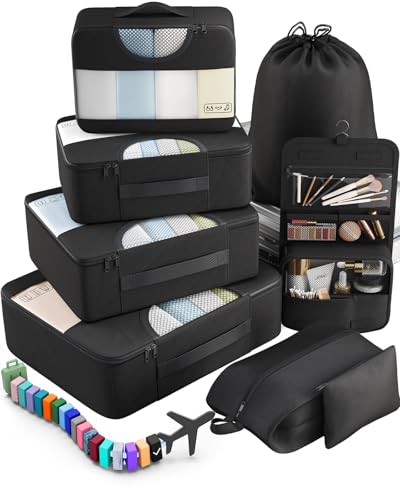In Tehran, they use Type C and F power plugs and outlets. The voltage is 230V, and the frequency is 50Hz.
So, you’ll need a travel adapter in Tehran. Their plugs and outlets are different from the Type A and B ones we use back in the States.
Quick Overview of the Plugs in Tehran:
- Plug type in Tehran: C and F
- Standard voltage: 230V
- Frequency: 50Hz
- Need a travel adapter? Yes, you do need a travel adapter
- Need a voltage converter? Likely needed for a few devices
- Recommended plug adapter: Vintar Universal Travel Adapter Kit
Our content is built on official sources, including country-specific electrical guidelines, IEC standards, and insights from real travelers who’ve experienced it firsthand.
The Only Travel Adapter You’ll Need in Tehran
Want a hassle-free trip to Tehran? A reliable travel adapter is a must. We don’t sell them, but we’ve researched the safest, best-reviewed option for you. Check it out:
Recommended Travel Plug Adapter
by 1,000+ travelers on Amazon
If you’re already traveling or have arrived at your destination without a power adapter, don’t worry. You can usually pick one up locally. Still, having one with you from the start is the easiest way to avoid delays or surprises.
Tehran travelers frequently continue on to Turkey, Pakistan, or Armenia. Not all plugs are the same.
Power Outlets in Tehran
In Tehran, they use Type C and F power plugs and outlets.
Type C

Type C outlets have two round prongs and no grounding pin. Type E and F plugs usually fit too, but grounded plugs will need an adapter.
Type F

Type F outlets have two round prongs and grounding clips on the sides. Type C and E plugs will also fit.
Do You Need a Voltage Converter?
A voltage converter is likely needed in Tehran because your device must match the country’s voltage. The U.S. runs on 120V, but Tehran uses a different voltage, so a converter is necessary.
Always double-check the label on your electronics before traveling abroad. If you see “100-240V, 50/60 Hz”, your device is built for global use and doesn’t require a converter. This applies to most smartphones, laptops, cameras, and rechargeable devices.

Which Travel Devices May Need a Converter?
Play it safe with your electronics — browse the most trusted voltage converters here.
| Device | Need Converter? | Notes |
|---|---|---|
| Phone | ❌ No (usually) | Most modern phone chargers are dual voltage (100–240V) |
| Laptop | ❌ No (usually) | Check the power brick label for 100–240V |
| Hairdryer | ✅ Yes (often) | High wattage; many models are not dual voltage |
| Electric toothbrush | ⚠️ Check voltage | Some models are 110V only |
| Camera / DSLR | ❌ No (usually) | Most chargers are dual voltage |
| Power bank | ❌ No | Charges via USB, adapter is enough |
| Electric shaver / trimmer | ⚠️ Check voltage | Older or cheaper models may not support 230V |
| Tablet / iPad | ❌ No | All models are dual voltage |
| Portable fan | ✅ Yes (sometimes) | Many models are not compatible with 230V |
| Game console | ⚠️ Check voltage | Newer consoles like PS5 and Xbox are often dual voltage — check to be sure |
| Bluetooth speaker | ❌ No (usually) | Charges via USB |
| E-reader (Kindle, etc.) | ❌ No | USB charging only, no converter needed |
Top Travel Essentials to Pack
Some gear just makes life easier when you’re abroad. These items don’t weigh much, but they pull their weight when it comes to convenience.
Digital Luggage Scale
Packing Cubes
Power Bank
More About Tehran
Tehran is big—think nearly 9 million people in the city proper with a metro that stretches out like an urban spider web. It’s modern, chaotic, and totally alive, with high-end malls, mountain-backdrop hiking trails, and history around every corner.
You’ll find the grandeur of the Golestan Palace, the rebel energy of the graffiti-filled Darband hike, and an underground art and coffee scene that’s pulsing with youth culture.
Heads-up: traffic is something else, so time your plans. But trust me—the city’s museums, rooftop lounges, street food, and art venues are worth the hustle.
Tehran uses the same plugs and outlets as the rest of Iran.




